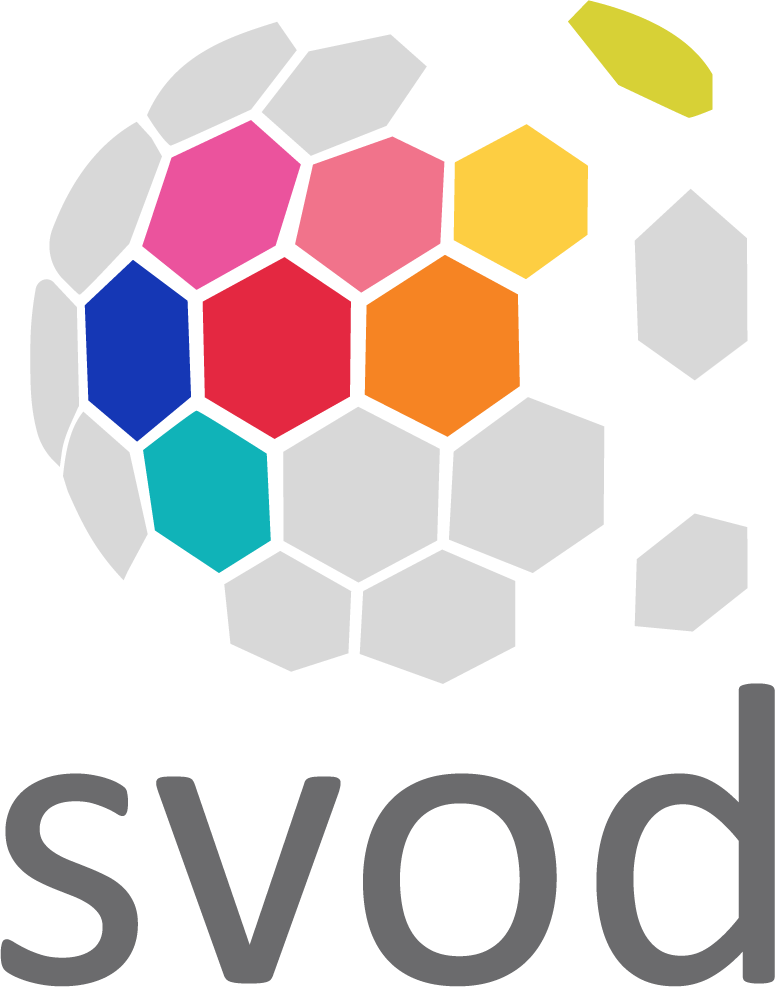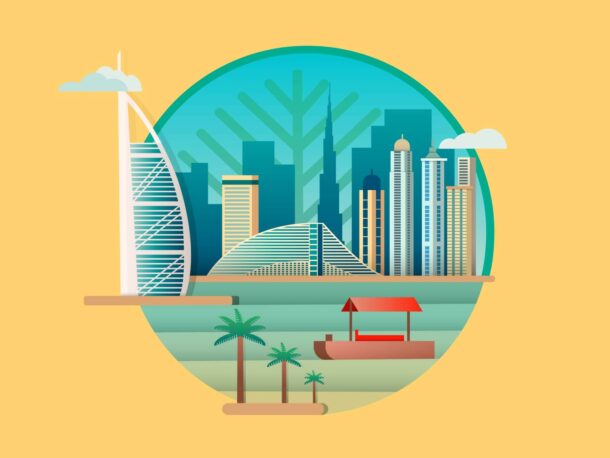Forget trends, sustainability is the new reality. Driven by consumers, regulations, and our planet’s cry, industries are transforming. Join us as we explore The Future of Green Business, where soaring solar power, circular economies, and smart buildings are just the beginning. Dive into industry-specific trends, predictions fueled by data, and the keys to unlocking this green revolution. The future is being built now, and businesses that embrace it will thrive. Are you ready to join the green giants?
Sustainable Practices on the Rise
According to recent studies, the adoption of sustainable practices is on the rise across industries, with businesses recognizing the importance of integrating environmental considerations into their operations. Statistics reveal that:
- Over 90% of CEOs (including Green Giants) believe that sustainability is important to their company’s success.
- More than 60% of consumers are willing to pay a premium for products and services from companies committed to sustainability.
- Investments in renewable energy have reached record levels, indicating a shift towards cleaner and more sustainable sources of power.
Trends Driving Sustainability Across Industries
The green wave is washing over industries, driven by a confluence of economic, environmental, and social forces. Here’s a deeper look at the trends shaping sustainability across key sectors, delving beyond basic statistics and exploring their broader implications:
1/ Renewable Energy: Powering the Future, One Gigawatt at a Time
- Solar Soaring: The 23% jump in global solar capacity (350 GW in 2023) is more than just a number. It represents enough power to meet the annual electricity needs of over 336 million homes in the US. (Source: EIA)
- Wind & Solar Financing Surge: $329 billion invested in 2023 showcases the growing confidence in these technologies. This surge is fueled by cost reductions, policy support, and increasing demand for clean energy.
- Storage: The Missing Piece: With energy storage deployments set to triple by 2025, the challenge of grid integration for renewables is being addressed. This paves the way for smoother adoption and wider penetration of solar and wind power.
2/ Circular Economy: Closing the Loop, Minimizing Waste
- Market Boom: The projected $3.3 trillion circular economy market by 2027 signifies a paradigm shift towards resource efficiency and waste reduction. This creates exciting opportunities for businesses to innovate and cater to the growing demand for sustainable products.
- Food Waste in the Spotlight: Initiatives like IKEA‘s goal to become “food positive” by 2030 and Unilever’s commitment to halve food waste by 2025 highlight the industry’s growing focus on this critical area.
- EU Leads the Way: The European Union’s Circular Economy Action Plan sets ambitious targets for waste reduction and resource efficiency, pushing member states and businesses to adopt circular practices.
3/ Sustainable Supply Chains: Transparency and Ethics Take Center Stage
- Consumer Power: With 70% of consumers willing to pay a premium for sustainability, businesses are increasingly prioritizing responsible sourcing and ethical practices throughout their supply chains.
- Scope 3 Emissions Gain Attention: Growing stakeholder pressure is mendorong companies to disclose and manage their Scope 3 emissions, which account for a significant portion of a company’s environmental impact.
- Regulations Drive Change: Initiatives like the EU’s CSRD mandate companies to disclose comprehensive sustainability information, including supply chain practices. This increases transparency and accountability, pushing companies to improve their sustainability performance.
4/ Green Buildings and Infrastructure: Building a Sustainable Future, Brick by Brick
- Market on the Rise: The projected $492.1 billion green building market by 2027 signifies the growing recognition of the economic and environmental benefits of sustainable construction.
- Investing in the Future: Governments are increasingly allocating funds to green infrastructure projects like renewable energy grids, sustainable transportation systems, and energy-efficient buildings. These investments create jobs, stimulate economic growth, and contribute to a more sustainable future.
- Human-Centric Design: The WELL Building Standard, with over 5,000 registered projects worldwide, emphasizes occupant health and well-being. This trend highlights the growing understanding that buildings can have a positive impact on human health and productivity.

Beyond the Data: The Human Element in Sustainability
While data paints a compelling picture, the human element is crucial to realizing these trends. Here are some additional factors driving sustainability across industries:
- Technological Innovation: Advancements in areas like artificial intelligence, blockchain, and the Internet of Things (IoT) are creating new opportunities for sustainable solutions and driving efficiency gains.
- Policy and Regulation: Governments around the world are implementing stricter environmental regulations and carbon pricing mechanisms, creating a level playing field and mentoring businesses to adopt sustainable practices.
- Collaboration and Partnerships: Multi-stakeholder collaborations between businesses, governments, NGOs, and communities are accelerating progress towards sustainability goals.
The Road Ahead: Embracing the Sustainable Future
The trends outlined above paint a clear picture: sustainability is not just a fad, it’s the future of business. By embracing these trends, businesses can gain a competitive edge, reduce their environmental impact, and contribute to a more sustainable world.
However, the road ahead is not without challenges. Collaboration, innovation, and a commitment to long-term thinking are essential to overcome these challenges and build a truly sustainable future. By working together, we can ensure that future generations inherit a healthy planet and a thriving economy.
Predictions for the Future
The future of green business is not just a prediction, it’s an unfolding reality fueled by economic, social, and environmental forces. While trends can guide the way, understanding the data behind them paints a more vivid picture. Let’s delve into the key predictions outlined earlier, adding more information and data, to create a comprehensive vision of what lies ahead:
1/ Expansion of Renewable Energy: From Promise to Powerhouse
- Current Stat: Renewable energy’s 12.9% share of global electricity generation might seem small, but it translates to 2,947 terawatt-hours (TWh), exceeding the combined electricity production of the entire European Union in 2022 (source: REN21 & Eurostat).
- Prediction: The IEA’s 28% target for 2030 translates to a staggering 8,081 TWh, requiring an annual investment of $1.7 trillion. This signifies a massive transformation, with solar and wind continuing to lead the charge.
- Deeper Dive: Geographically, Asia is projected to see the highest growth, followed by North America and Europe. Solar photovoltaic (PV) installations are expected to reach 1,500 GW by 2030, while offshore wind capacity is projected to triple from 2022 to 2030.
2/ Sustainable Finance: Growing a Greener Wallet
- Current Stat: The $4.13 trillion sustainable finance market isn’t just a number; it represents a 21% increase from 2021. Notably, green bonds alone reached a record $542 billion in issuance during the first half of 2023.
- Prediction: Green bonds exceeding $1 trillion in 2023 are just the beginning. Investor interest in sustainable investments is surging, driven by factors like climate change concerns and attractive returns. Market analysts predict sustainable assets to reach $53.9 trillion by 2030.
- Deeper Dive: The landscape is diversifying beyond green bonds. Sustainability-linked loans, impact investing, and green securitisation are gaining traction, offering innovative ways to finance green projects.
3/ AI & IoT: Smart Solutions for a Sustainable World
- Current Stat: AI in the sustainability market, valued at $2.5 billion in 2022, is already making waves. Companies are using AI to optimize energy grids, predict equipment failures, and manage resource consumption, with significant results. For example, IBM’s AI solution helped a manufacturing company reduce energy use by 15%.
- Prediction: The market is poised for explosive growth, reaching $11.4 billion by 2028. AI-powered solutions will become even more sophisticated, enabling businesses to optimise waste management, predict environmental risks, and create a closed-loop economy.
- Deeper Dive: Integrating IoT sensors with AI further amplifies the impact. Imagine smart buildings that automatically adjust lighting and temperature based on occupancy, or self-driving vehicles optimizing routes to minimize emissions. These are just glimpses into the future of AI and IoT for sustainability.
4/ Regulatory Frameworks & Carbon Pricing: Putting a Price on Pollution
- Current Stat: As of September 2023, 61 carbon pricing initiatives cover over 22% of global greenhouse gas emissions. The average carbon price is $32 per tonne but varies significantly across regions.
- Prediction: Governments are expected to implement stricter environmental regulations and expand carbon pricing mechanisms. The European Union Emissions Trading System (EU ETS) is a prime example, with its carbon price exceeding €100 per tonne in 2023.
- Deeper Dive: The effectiveness of carbon pricing depends on several factors, including stringency, enforcement, and international cooperation. A global carbon price is still a distant dream, but regional initiatives are paving the way.

Beyond Predictions: Embracing the Green Revolution
While these predictions offer a glimpse into the future, the green business revolution is already underway. Here are some additional insights to consider:
- Consumer Power: Studies show that 70% of consumers are willing to pay a premium for sustainable products and services. This creates a powerful market force driving businesses towards greener practices.
- Technological Innovation: Advancements in clean energy technologies like battery storage and green hydrogen are making renewable energy more reliable and affordable. Additionally, circular economy models and sustainable materials are creating new business opportunities.
Collaboration: Partnerships between businesses, governments, and NGOs are crucial for accelerating the transition to a sustainable future. Initiatives like the World Business Council for Sustainable Development
Patagonia: A Real-Life Example of Sustainable Business
Patagonia, a leading outdoor apparel and gear company, exemplifies how businesses can integrate sustainability into their core operations. Their efforts focus on three key areas:
Durability and Repairability
Patagonia prioritizes creating long-lasting and repairable products. Their Worn Wear program encourages customers to repair worn-out gear, extending its lifespan and reducing waste. Since its launch in 2013, the program has repaired over 140,000 items, significantly reducing their environmental impact.
Responsible Sourcing
Committed to responsible practices, Patagonia prioritizes utilizing recycled materials whenever possible. They also source their materials from suppliers who meet strict environmental and social responsibility standards. In 2021, a staggering 78% of their products were made from recycled materials, showcasing their dedication to minimizing their environmental footprint.
Activism and Advocacy
Beyond product development, Patagonia actively advocates for environmental protection. They have donated millions of dollars to environmental causes and consistently raise their voice against policies and practices they believe harm the environment.
The positive impact of these efforts is evident in both environmental and social aspects. Patagonia’s Worn Wear program has reportedly saved over 64,000 tons of CO2 emissions compared to producing new products. Additionally, their commitment to sustainability resonates with customers, leading to high brand loyalty. A 2020 study revealed that 86% of Patagonia customers would recommend the brand to others, solidifying their position as a leader in sustainable business practices.
In conclusion, Patagonia stands as a powerful example of how businesses can successfully integrate sustainability into their core strategy. Their dedication to durable products, responsible sourcing, and environmental advocacy demonstrates a commitment to both environmental well-being and customer satisfaction, paving the way for a greener future.
Conclusion: The Green Giants Rise & Future of Sustainable Business
The winds of change are green, and the future of business is not just sustainable, it’s imperative. Forget trends; this is a fundamental shift driven by conscious consumers, stricter regulations, and a collective responsibility for our planet. Embrace the Green Giants revolution – explore soaring solar power, circular economies, and smart buildings, each fueled by data and real-world examples. Unveil the predictions shaping your industry, from renewable energy dominance to AI-powered green solutions. Challenges exist, but collaboration, innovation, and embracing sustainability unlock a thriving future for businesses and the planet. Don’t just follow, lead the Green Giant revolution. The time to act is now. This is your chance to write the story of a sustainable future where businesses and our planet flourish together.







